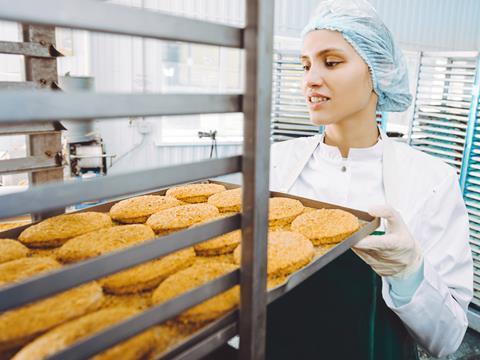
UK food and drink suppliers have surged to their highest growth levels since 2009, but profit margins are suffering amid escalating input and labour costs.
The OC&C/Grocer Top 150 analysis of the UK food and non-alcoholic drinks producer landscape shows a sharp rebound in food price inflation has bolstered the industry’s top line.
Aggregate revenue growth across the UK’s 150 largest producers jumped back to 7.5% in 2017, according to the report, having slumped to a 0.8% fall in 2016.
However, while the slump in the pound and resultant food price inflation helped drive growth, the inflationary environment saw margins fall from 6.7% to 6.2%.
“The first anticipatory impacts of Brexit have already had a major impact on producers, with inflation triggered by sterling devaluation boosting top-line growth but compressing margins as producers struggled to pass on all the raw material inflation they suffered,” said OC&C head of consumer Will Hayllar.
OC&C analysis shows mounting input inflation led to around £1.6bn of extra costs for UK producers. The industry passed on about two-thirds of this through price increases, but had to absorb a collective hit of around £645m.
The supermarkets managed to inflate gross margins despite facing more than £1bn of supplier price increases. Retailers passed on around £1.7bn of extra costs to consumers as they recovered some margin, partly to mitigate rising staff costs.
The report showed a 6% rise in cost per employee last year - as a reduced supply of EU labour and the increasing minimum wage intensified pressure on costs.
“The industry needs to invest to drive productivity but has only seen a very slight increase in capex to help counter this,” Hayllar added.
Capital expenditure across the Top 150 edged up 1.4% to £2bn last year, with only about half of companies increasing spend on capital projects despite mounting pressures to drive efficiencies.
One industry bright spot is the rise in exports, with the industry recording a 14% international sales boost made up of 8% organic export growth and a 6% tailwind from the weak pound.



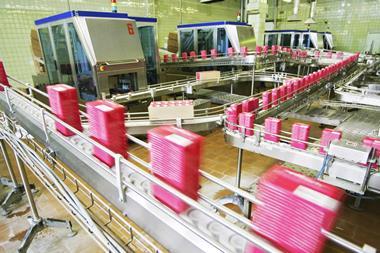





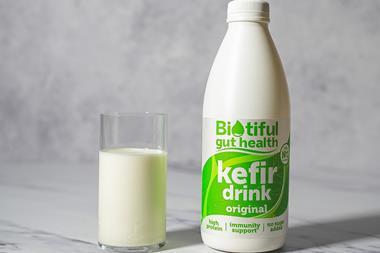

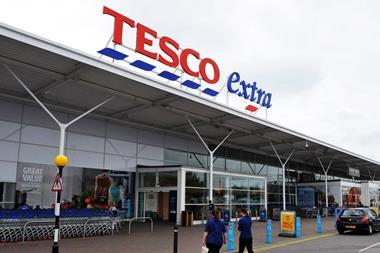

![EllasKitchen-March2018_297[3]](https://dmrqkbkq8el9i.cloudfront.net/Pictures/380x253/7/4/9/321749_ellaskitchenmarch2018_2973_844145_crop.jpg)
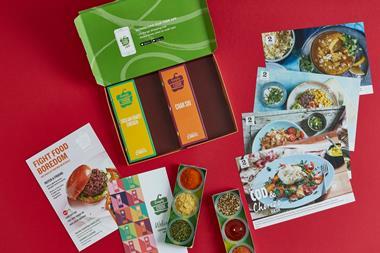
No comments yet